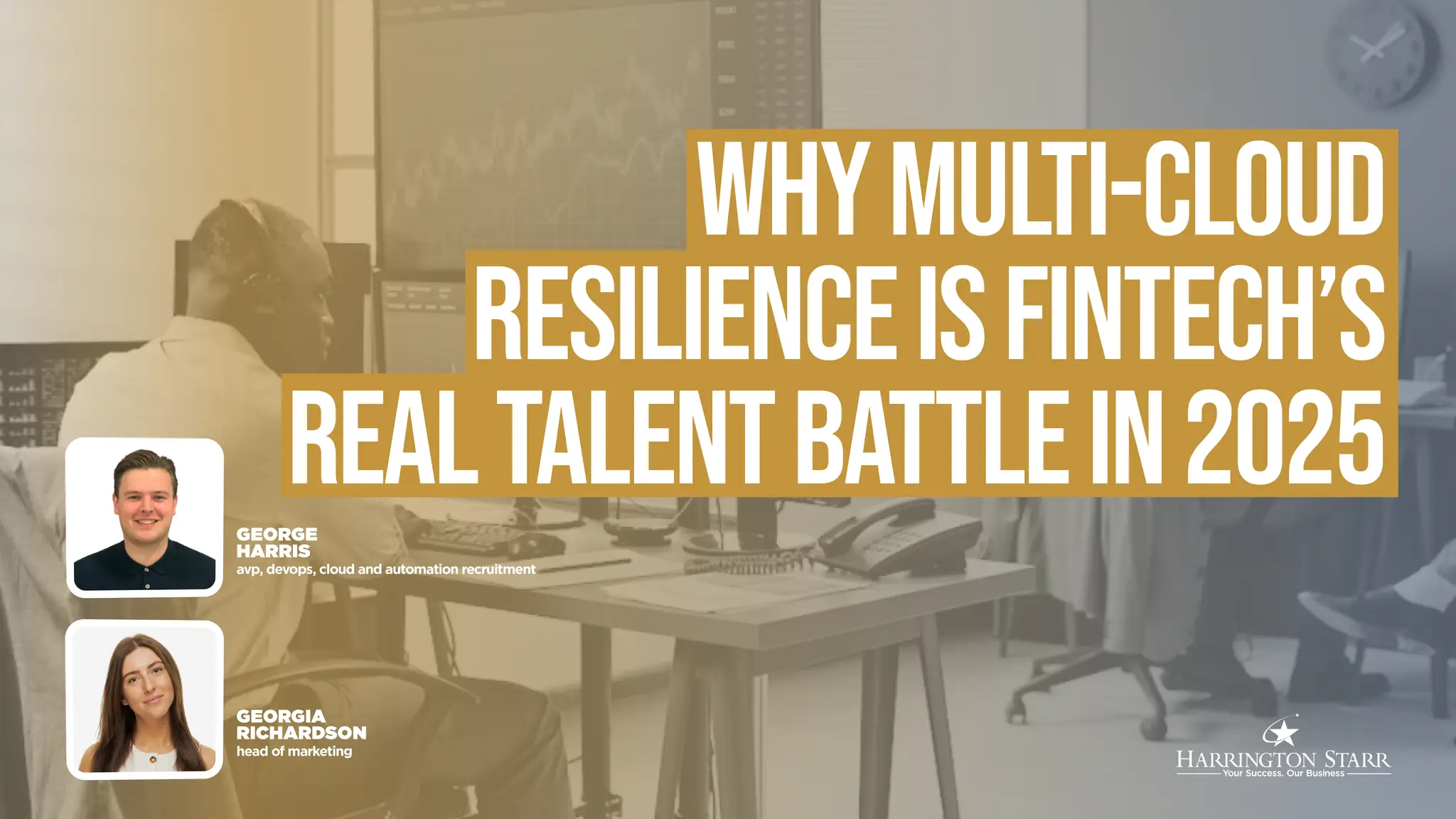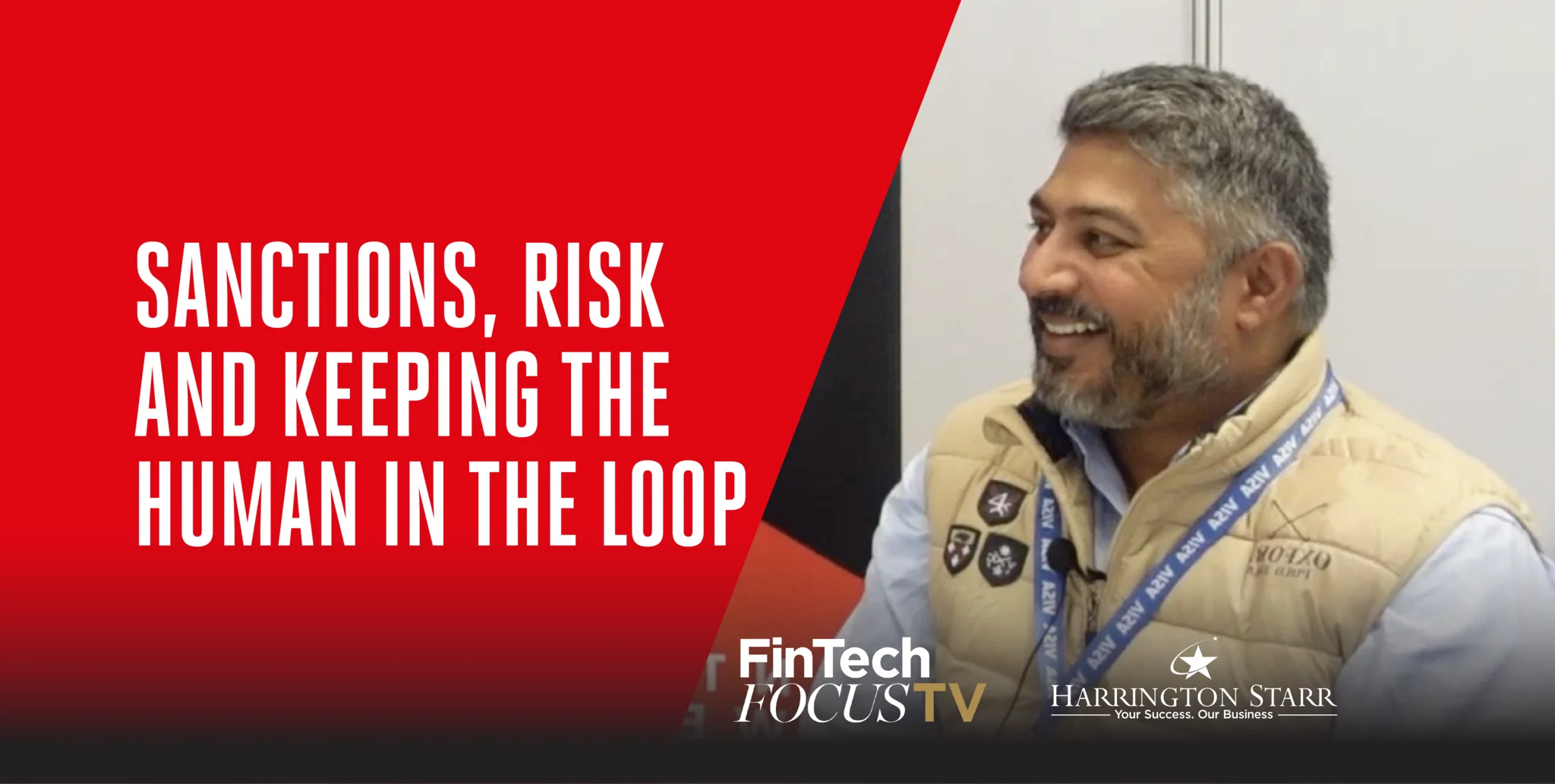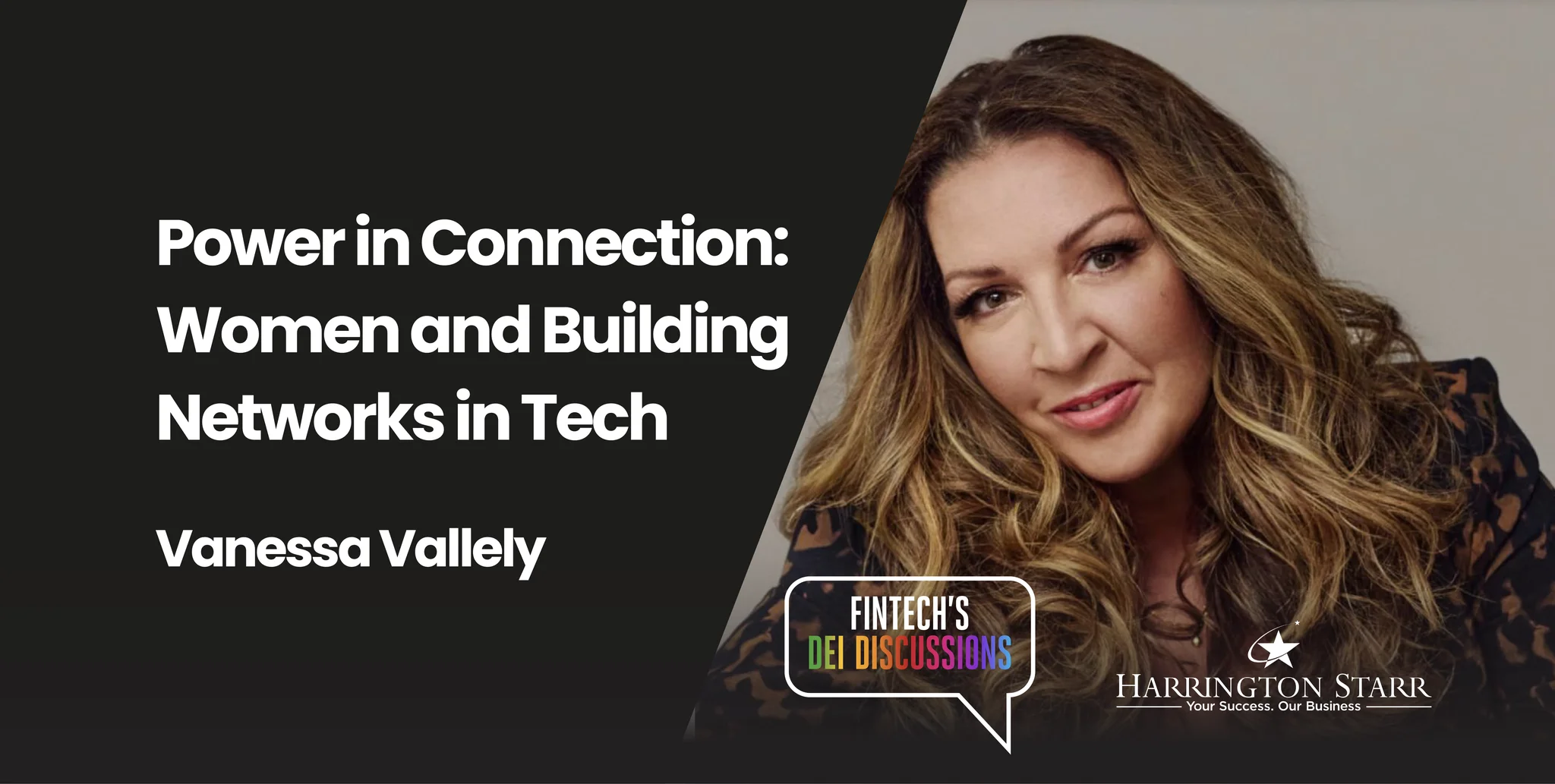Multi‑Cloud Resilience Has Become the Board Agenda in Financial Technology
A few years ago, the dominant question in financial technology was whether to move critical workloads to the cloud. That debate is over. In 2025, the conversation inside executive committees is about how to stay available, compliant and cost‑disciplined across clouds, regions and regulatory regimes. Multi‑cloud resilience is no longer a technical preference; it is a business necessity that determines customer trust, licence to operate, and enterprise value.
This shift has a very human implication. Resilience is not a product you can buy; it is an operating capability you build, and it lives or dies with the calibre of your cloud engineering and DevOps teams. The scarcity is sharpest where technical depth meets regulatory literacy: engineers who can design for failure, automate guardrails and demonstrate to auditors that your controls actually work. That rare combination is exactly where the recruitment market in FinTech is tightening fastest.
For senior leaders, that means recruitment strategy is inseparable from resilience strategy. If you cannot attract, deploy and retain the right blend of skills, your architecture diagrams will remain aspirational slides. Availability targets, regulatory deadlines, and customer promises will struggle to survive first contact with reality. The talent dimension is the lever that makes resilience tangible.
Cloud Engineering and DevOps in FinTech: What Changed in 2025?
Three forces have redrawn the FinTech engineering landscape. First, regulatory focus on operational resilience has moved from guidance to expectation. Second, cost pressure has replaced exuberant scaling, forcing harder choices about where workloads run and why. Third, AI has embedded itself into pipelines and platforms, accelerating delivery while introducing new governance questions.
For cloud engineering leaders, the practical result is a hybrid, multi‑cloud baseline. Architectures are designed to degrade gracefully, with automated infrastructure‑as‑code, policy‑as‑code, and service meshes that can push traffic to healthier zones or providers. DevOps has stretched into platform engineering and site reliability engineering (SRE), combining developer experience with reliability economics. The winning teams are those that treat resilience as a first‑class product feature and measure it.
The cultural change matters as well. FinTechs are aligning product roadmaps with resilience milestones, not fitting resilience in at the end. Deployment frequency and time‑to‑restore sit side‑by‑side on scorecards. Engineers who can demonstrate how their work reduces risk, through blast radius reduction, automated rollback, or fault‑injection testing, earn disproportionate influence.
Operational Resilience Meets Recruitment: The New Skills Mix
The skills profile that dominates shortlists in 2025 is broader than “DevOps on Cloud X.” Leaders are hiring for people who can stitch together infrastructure, security, data and compliance into a coherent operating model. In practice, that means:
• Multi‑cloud fluency: deep experience with at least two of the major providers plus comfort with on‑prem and edge patterns.
• Infrastructure‑as‑code and policy‑as‑code: Terraform, Pulumi, Crossplane, Open Policy Agent, cloud‑native security controls.
• SRE methods: error budgets, SLO design, chaos engineering, progressive delivery, and automated remediation.
• Security by design: secrets management, key rotation, zero‑trust networking, supply‑chain security, and runtime protection.
• Auditability: generating evidence from pipelines and platforms, mapping controls to regulatory outcomes, and speaking the language of risk.
Candidates who combine these capabilities with clear communication are exceedingly rare and therefore competitive. They reduce coordination costs across technology, risk and audit; they accelerate approvals; and they design platforms that pass both penetration tests and regulatory inspections. That is why they command a premium.
The Impact of Regulation on Cloud & DevOps Hiring
In the EU, the Digital Operational Resilience Act has made technology resilience an explicit compliance outcome. In the UK, operational resilience expectations from regulators continue to stress severe‑but‑plausible scenarios, third‑party risk, and impact tolerances. In the US and other markets, cloud concentration risk has moved from commentary to action, nudging firms towards diversification and demonstrable contingency planning.
Regulation affects hiring in two ways. First, it sharpens the definition of “good” engineering: not just elegant automation, but controls that are testable, explainable, and repeatable. Second, it increases the demand for engineers who understand the governance context, people who can translate between service‑level objectives and impact tolerances, between build pipelines and audit trails.
For FinTech leaders, the practical takeaway is to hire for outcomes, not just tool familiarity. Interview loops should probe how candidates have proven control effectiveness, not merely how they configured a cluster. Case studies that ask for a migration plan plus a compliance evidence plan will quickly separate the excellent from the merely adequate.
Cloud Repatriation and Cost Control: What Does it Means for Talent Strategy?
“Cloud versus on‑prem” is the wrong framing in 2025. The better question is: where does each workload make the most economic and regulatory sense? Some FinTechs are pulling latency‑sensitive or cost‑volatile components closer to their own metal; others are doubling down on managed services for speed. Many are operating a pragmatic combination.
Repatriation and hybrid strategies alter the talent equation. Teams need engineers who understand networking and storage fundamentals, not only managed abstractions. They need people who can build CI/CD that spans environments gracefully, who can manage secrets across boundaries, and who can maintain consistent policy without slowing delivery. Vendor‑agnostic design becomes a competitive advantage, and the people who can do it are scarce.
Cost control also affects how leaders shape teams. Platform engineering groups are emerging as internal “product” organisations that offer golden paths, pre‑approved patterns, and self‑service provisioning. Hiring for that model prioritises product thinking, documentation quality, and developer empathy alongside pure technical skill. It is not enough to build a secure platform; you must make it the easiest way to build.
AIOps, Automation and the Human Factor. Why AI Won’t Hire Itself…
AI has become a fixture across observability, testing, incident response and change management. It is tempting to believe that AIOps will lower the need for senior talent. In practice, the opposite is happening. AI increases the leverage of great engineers, but it cannot replace the judgment required to design guardrails, assign risk thresholds and decide when to slow a release.
The best teams use AI to compress feedback loops and to surface anomalies earlier. They pair AI‑assisted runbooks with strong manual override. They treat AI suggestions as inputs to a disciplined operations process, not as decisions in their own right. Hiring, therefore, focuses on engineers who can integrate AI safely: people who understand model drift, failure modes, and the evidential requirements of auditors who will ask, “Why did the system do that?”
For recruitment messaging, be clear that your organisation uses AI to augment engineering excellence, not to cut corners. Senior cloud and DevOps professionals want to work where automation is intelligent and responsible, not where it masks debt.
What High‑Level Leaders Want from Top Cloud & DevOps Hires
Executives care about three outcomes: faster delivery, lower risk, and better unit economics. The best engineers connect their work directly to those outcomes. They can explain how a service mesh reduces blast radius, how progressive delivery lowers change failure rate, how platform guardrails shorten the path to production, and how right‑sizing or repatriation reduces spend without sacrificing resilience.
When screening for senior hires, look for evidence of systems thinking. Ask candidates to walk through a production incident and to show how they would redesign the architecture, the process, and the metrics to prevent recurrence. Ask how they would evidence control effectiveness to an internal audit team. Ask how they would balance developer autonomy with central standards. The answers reveal whether you are interviewing an operator or a leader.
Above all, prioritise communication. In regulated contexts, the engineer who can translate a complex concept for a non‑technical committee is worth their weight in gold. Clear writing and structured thinking are resilience capabilities.
Build vs Buy. Permanent, Contract and Nearshore Strategies
The scarcity of cross‑disciplinary talent means most FinTechs need a blended approach. Permanent hires anchor knowledge, cultural norms and institutional memory. Specialist contractors bring targeted skills for bursts of change: cloud migrations, resilience testing programmes, or platform refactors. Nearshore teams can extend capacity while keeping collaboration rhythms intact.
The decision is not binary; it is portfolio management. Critical control points such as identity, secrets, networking and platform guardrails are usually better owned by permanent teams. Spiky work data centre exits, compliance uplift ahead of an audit, chaos engineering rollouts often benefit from contractors who have seen multiple environments. Nearshore partners work best when they are tied to clear product slices with end‑to‑end responsibility, not as a generic “extended team.”
From a recruitment process perspective, shorten feedback cycles and remove friction. Senior candidates will not wait weeks for decisions. Equip panels with problem‑solving exercises that mirror your environment. Offer clarity on progression for both individual contributors and engineering managers. Your speed and professionalism are competitive differentiators.
Employer Brand for Engineers
Experienced cloud and DevOps professionals are sceptical of buzzwords. They evaluate employers through concrete signals: do you have sensible on‑call practices; do you measure toil; do you run blameless post‑mortems; do you budget time for paying down platform debt; do you publish internal playbooks; do leaders participate in incident reviews. These are the markers of a mature engineering culture.
Your external messaging should reflect that reality. Case studies about incident response improvements, talks on platform guardrails, or blogs about SLO adoption are more persuasive than polished slogans. Engineers want to join organisations where their work matters and where operational excellence is visible. Show your working.
For FinTechs specifically, emphasise collaboration between technology, risk, and compliance. The moment engineers realise that risk partners are problem‑solvers rather than gatekeepers, your EVP stands out. That reputation spreads quickly in tight candidate communities.
How to De‑risk Your 12‑Month Tech Hiring Roadmap
Start with an honest capability map. List the resilience outcomes you must achieve in the next year, such as multi‑cloud failover for a core service, evidence generation for a regulatory deadline, decoupling of a critical database and adoption of progressive delivery and map them to the skills required. Where you see gaps, decide whether to build, buy, or borrow.
Create role definitions that describe outcomes rather than laundry lists of tools. Replace “ten years of Terraform” with “can design and evidence a control that prevents unauthorised infrastructure change across multiple environments.” Replace “expert in Kubernetes” with “can operate a platform that meets SLOs under failure and can demonstrate controls to audit.” Outcome‑based definitions widen the pool and focus interviews on what matters.
Finally, treat recruitment like a product. Instrument your funnel, minimise handoffs, and iterate the process. If a specific interview stage is causing drop‑off, change it. If a panel repeatedly disagrees, calibrate with shared rubrics and sample answers. If you are losing offers to speed, pre‑book panel slots and empower hiring managers. Every week counts in a scarce market.
The Quiet Shift from DevOps to RiskOps in Financial Technology
As resilience becomes a competitive differentiator, the centre of gravity in cloud engineering shifts from pure enablement to explicit risk reduction. Some firms are already experimenting with “RiskOps”: a cross‑functional rhythm that blends SRE, security engineering, platform governance, and risk management into one operating cadence. The idea is simple: make risk visible, quantify it, and reduce it continuously through code, not committees.
In that world, the most valuable engineers are those who are comfortable with both the language of systems and the language of risk. They can reason about failure domains and about impact tolerances; they understand latency budgets and regulatory thresholds; they design guardrails that keep teams fast and safe. Hiring for that profile does not happen by accident. It requires intent, patience, and a brand that signals seriousness.
For leaders, the opportunity is to turn resilience into a story that attracts talent. Engineers are motivated by hard problems with clear purpose. Few challenges are more meaningful than keeping critical financial services reliable, secure, and fair, especially when millions of customers and businesses depend on them.
Winning the Talent Battle for Multi‑Cloud Resilience
FinTech has always prized speed and innovation. In 2025, those virtues still matter, but they are not sufficient. Customers, regulators, and investors now expect resilience to be engineered, evidenced, and continuously improved. That expectation lands squarely on your cloud engineering and DevOps teams.
If your organisation can hire and empower engineers who blend multi‑cloud design, automation, and regulatory literacy, you will release faster with fewer incidents, satisfy audits with less friction, and allocate spend with more precision. If you cannot, you will feel the drag: delayed launches, extended incidents, rising costs, and uncomfortable board conversations.
Treat talent as your resilience multiplier. Design roles around outcomes, modernise your hiring process, and make your engineering culture visible. Do those things well, and you will build a platform and a team that keeps you compliant, competitive, and confident in the face of change.
At Harrington Starr, we partner with financial technology leaders to solve precisely this challenge, connecting you with cloud engineering, SRE, platform, and DevOps specialists who turn resilience from a slide into a habit. If you’re reshaping your team or planning a resilience programme, we can help you find the people who will make it real.







